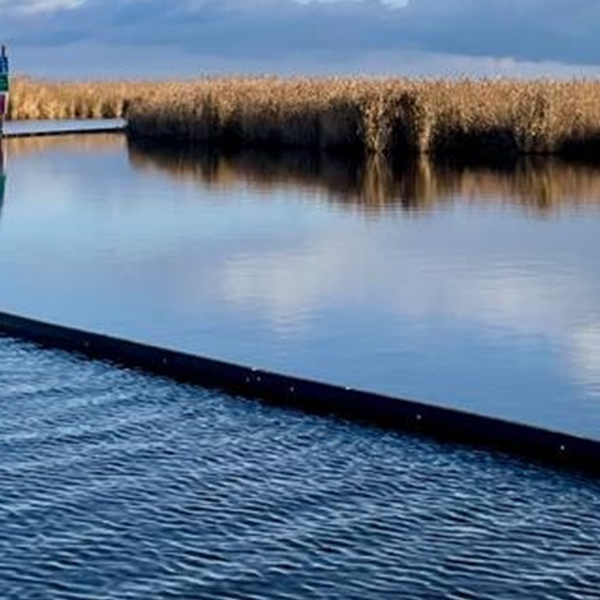Working on water quality with the Rijnland Water Authority

Working on water quality with the Rijnland Water Authority
The Rijnland Water Authority is taking the initiative to improve water quality under the European Water Framework Directive (WFD). In the year 2000, the WFD stated that by 2027, waters must provide a good living environment for plants and animals. Witteveen+Bos is supporting the Rijnland Water Authority in its WFD projects.
Our role encompasses almost all phases, and a broad range of contracts. This involves both small and large measures, distributed across 15 different sites. From drawing up the preliminary designs, to monitoring after implementation of measures.
The work in each area started with a water system analysis. This assesses the condition of the waterbody based on key ecological factors. If the score in a key ecological factor is low, we select measures for improvement.
Some examples of these measures would be phosphorous isolation, incorporation of nature-friendly shores, creation of foreshores (to create sheltered zones), and supplying dead wood as a structural element for macrofauna. The subprojects below give you an idea of the scope of our collaboration with the Rijnland Water Authority.
Restoring Floating Reed Beds in the Westeinderplassen
‘De Wildernis’ is a part of the Westeinderplassen system of lakes. It lies just above the village of Leimuiderbrug, on the south side of these lakes, and features 62 hectares of floating reeds beds. These are islands of reeds located just above the surface of the water. These reed beds play a key role in the ecosystem. They serve as a habitat for the wels catfish (underwater), as well as various reed birds and other birds (above water). In addition, the reeds are prized as thatching for homes.
At their edges, these reed islands feature outgrowths that float on the surface. In De Wildernis, these floating reed beds appear to be in decline. The Rijnland Water Authority wants to stem further loss and if possible, foster their regrowth.
Our specialists proposed a foreshore as the solution. Construction of a foreshore greatly reduces stress on the reed beds due to waves from shipping traffic and wind. This foreshore has now been completed. After one year, we can already see subtle improvements in the growth of the reed beds.

Westeinderplassen


Lake Zegerplas


Reducing Phosphorous in Lake Zegerplas
The second project featured here protects Lake Zegerplas. This lake is situated on the east end of the Alphen aan den Rijn urban area. Lake Zegerplas mainly receives water from the “Old Rhine” (Oude Rijn). In the summer months, the Hollandse IJssel also plays an indirect role. The water from the Old Rhine has relatively high levels of phosphorus. Phosphorus has an adverse impact on water quality. It causes algae blooms, resulting in murky water, which in turn limits the diversity of aquatic plants and fish.
To improve water quality, our specialists looked for a solution to control the supply of water rich in phosphorus. This took the form of a removable partition in the Kromme Aar, a peat stream on the northeast side of Lake Zegerplas.
This intervention largely closed off the link from the basin waterways to Lake Zegerplas, reducing inflows and outflows. This major decrease in inflows achieved significant relief from phosphorus pollution and stopped further degradation in water quality. Isolation of the lake offers an excellent starting point to meet the objectives of the WFD.
A Broad Perspective on the WFD
Our collaboration with the Rijnland Water Authority covers a wide range or works, activities and measures, such as:
- conduct ecological site analyses to determine appropriate measures;
- conduct/adjust systems analyses;
- coordinate with stakeholders;
- draw up plans for the Association of Dutch Municipalities (VGN);
- perform flora and fauna scans;
- develop opportunities into concept measures;
- select measures;
- develop measures into preliminary designs, final designs and executive designs;
- organise expert sessions (lessons learned);
- draft the budgets under the Standard Cost Estimate System (SSK);
- support the studies to determine conditions;
- support the permitting process: from permit scans to permit applications;
- draw up contract documents;
- support the tender procedures;
- provide works supervision;
- conduct monitoring and success analyses.
More information?




